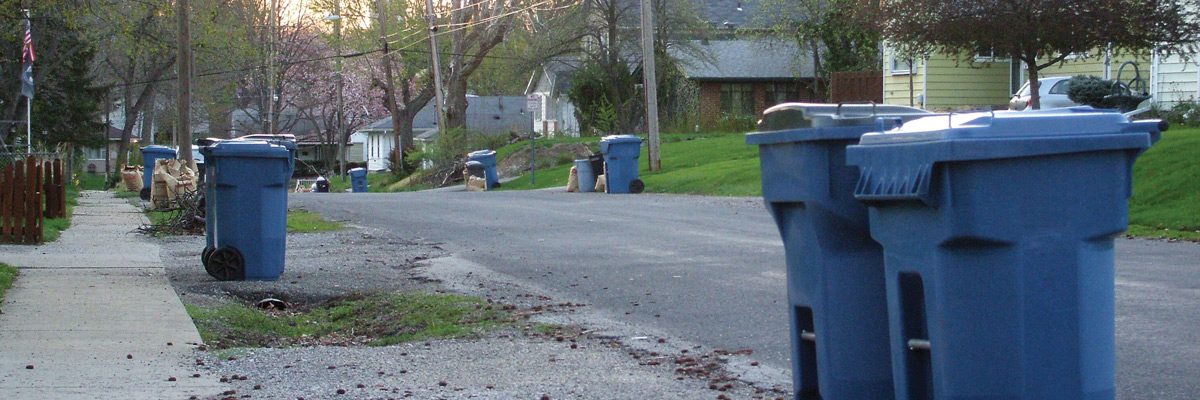It’s true. Through laziness and a lack of preparation, we have ice on the driveway. As I was getting out of the car and walking to the house, I slipped on the ice and dumped coffee on my down coat. I did not fall to the ground, but it was close. So why didn’t I just go out and toss salt around to melt it off. Well for one thing it is bad for the plants around the area that you salt. But first I must say:
:}
Community Energy Systems is a nonprofit 501c3 organization chartered in Illinois in Sangamon County. As such we are dependent on public donations for our continued existence. We also use Adsense as a fundraiser. Please click on the ads that you see on this page, on our main page and on our Bulletin Board (Refrigerator Magnets) and you will be raising money for CES. We say a heartfelt THANK YOU to all who do.
:}
Here are some of the problems with “salting” and some alternatives.
http://extensionhorticulture.unl.edu/Articles/SJB/DeIcer.shtml
|
Good morning! It’s Monday January 4, 2010 at 10:20 AM CT |
||
| Articles, Publications and Other Resources | ||
|
:}
Here is a video that shows how to properly sand your drive…
http://www.ehow.com/video_4427061_using-sand-deice-driveway.html
http://www.ehow.com/video_4427062_using-sand-melt-black-ice.html?pid=1&cp=1
http://www.ehow.com/video_4427063_remove-ice-from-steps.html?cp=1&pid=1
:}
I included that last video to make a point. Notice all that hammering he is doing to the ice. Well that does damage to the surface below it. We have an old three car asphalt and concrete drive way that has seen better days. Last year we let a local guy clear it with a small tractor and a blade. Man, you talk about damage. It took a couple hundred $$$ of asphalt products to stabilize the situation. So part of what I am trying to do is to see if not scooping out the drive will cut down on that damage. Unfortunately the other source of damage is freezing water in cracks on the surface of the driveway. So we are probably going to see as much damage to the driveway from the freezing. Still it will be interesting in the spring to see what it looks like.
OR you could reach for the molasses
http://online.wsj.com/article/SB123084701287847257.html
As Salt Prices Rise, Frozen Towns Reach for Molasses
DOT dot DOT
Many towns are testing new methods to make their ice-fighting more efficient. Officials in Indiana and other states are equipping salt trucks with computers that, based on current air and ground temperatures and other metrics, tell drivers how much salt to drop and for how long.
This past summer, engineers in Ohio’s Hamilton County sought bids to supply about 15,000 tons of salt. The county rejected the first set of bids, which were about 50% higher than the $40 a ton the county paid last year. Two more rounds resulted in quotes of as much as $157 a ton, which would have exceeded the county’s entire $1.5 million budget for snow and ice removal, said Ted Hubbard, the chief deputy county engineer.
The county decided to try to make the 11,000 tons of salt it had on hand last for a winter of de-icing 1,500 miles of road lanes. To stretch it, Mr. Hubbard’s department has been mixing its salt with gritty, non-toxic ash left over from coal-fired power plants.
“When the sun shines on it, it helps attract radiation, therefore it helps melt the snow,” Mr. Hubbard said. “We’re sort of experimenting.” Mr. Hubbard said the ash mixture doesn’t melt the snow as fast, but it does add traction to the roads.
Ankeny, Iowa, a Des Moines suburb, sprinkled garlic salt mixed with road salt on its streets last month after a local spice maker gave the town nine tons destined for a landfill. Public Works Director Paul Moritz said some residents complained the fragrant topping would sicken their cats and dogs. He says he checked with a veterinarian, who told him the pets would have to swallow huge quantities to become ill.
“I don’t mean to be too flippant about it,” said Mr. Moritz, “but I don’t think any dog went out and licked up three blocks of streets.” He says the garlic salt has been effective in clearing roadways.
Paul Simonsen, a maintenance superintendent for the Washington state department of transportation, has been mixing de-sugared molasses into saltwater, creating a gooey mixture that can keep roadways clear for three or four wintry days, he said.
The mix consists of molasses from a local supplier, calcium chloride and brine donated by a local dairy company. Mr. Simonsen had been experimenting with the right proportions and ingredients for several years, blending them in a 1,000-gallon vat and dispersing the liquid with the same salt trucks. He first used it last year on a busy mountain pass in southwest Washington.
dot dot dot
It also for the first time paid $3.50 a gallon for 4,200 gallons of Magic Minus Zero, a de-icing compound made by Sears Ecological Applications Co., of Rome, N.Y.
The liquid, which is formulated from the leftovers of rum-making, is such an effective additive that Pat Doherty, Pingree’s director of public works, said the town has used less than half as much salt as it would have under similar weather conditions.
:}
Garlic Salt…gona be a fragrant spring.
:}

Pingback: Twitter Trackbacks for Energy Tough Love Blog » I Almost Busted My Butt In The Driveway Today - Illinois hovers around zero degrees [censys.org] on Topsy.com
Pingback: Information sought on dumped dogs